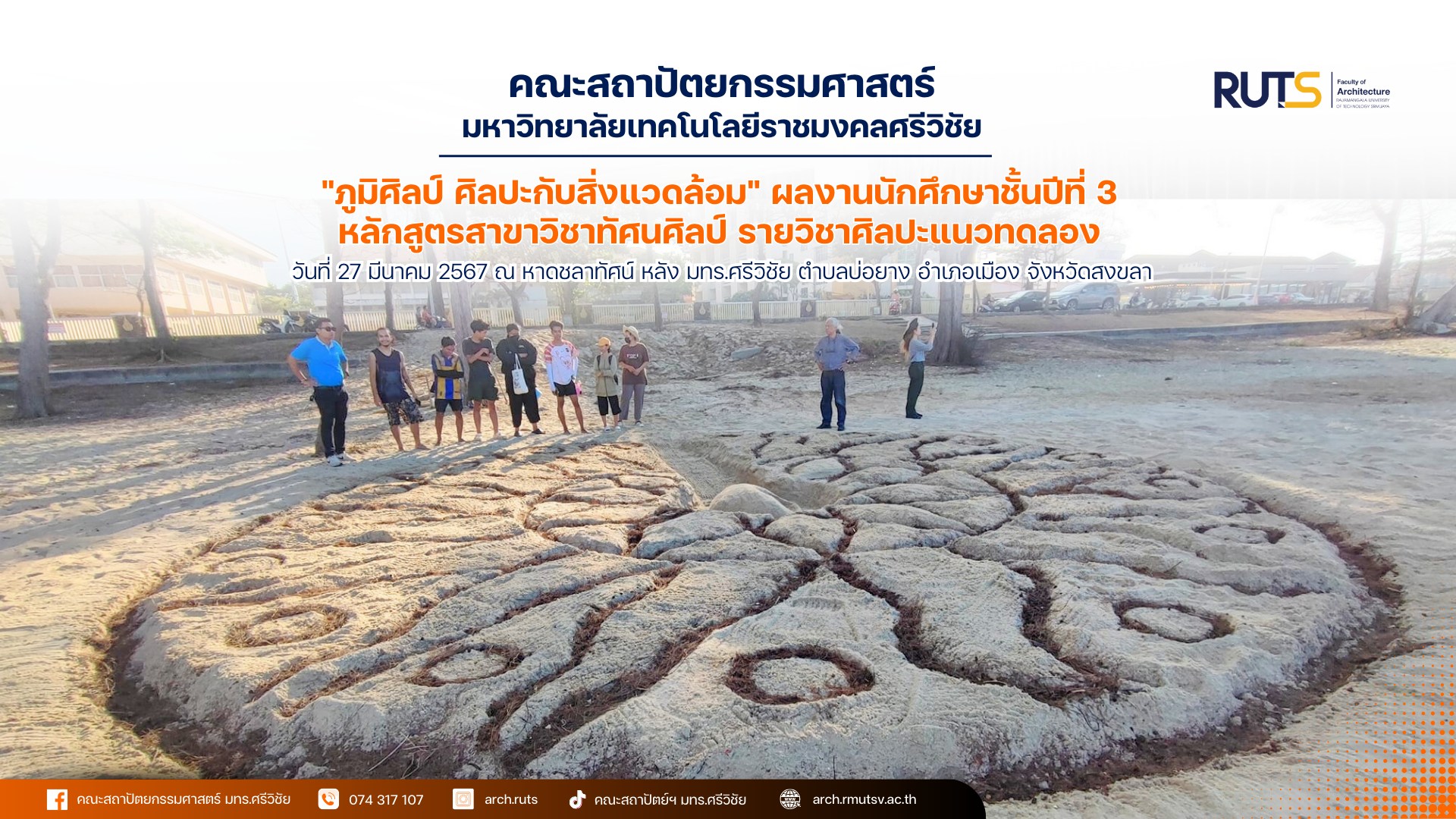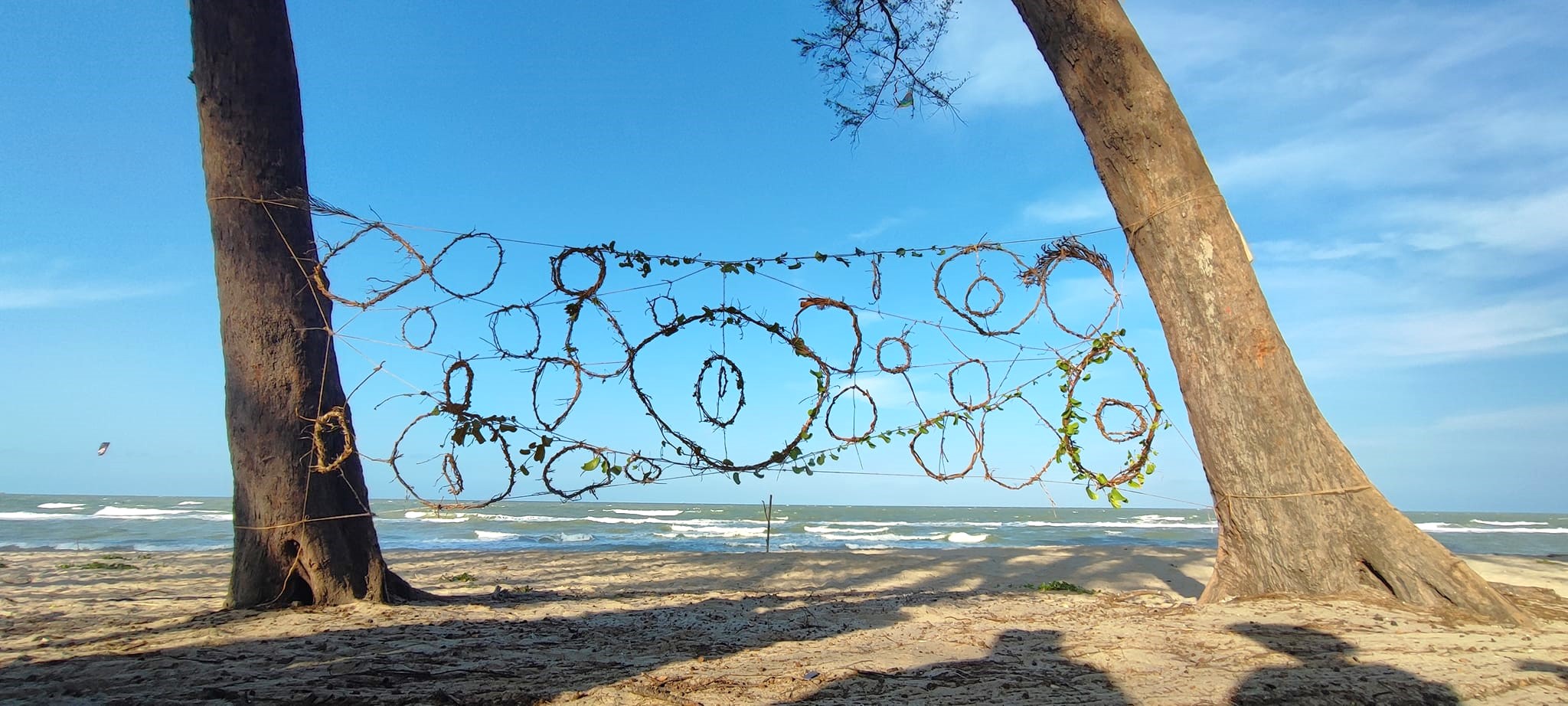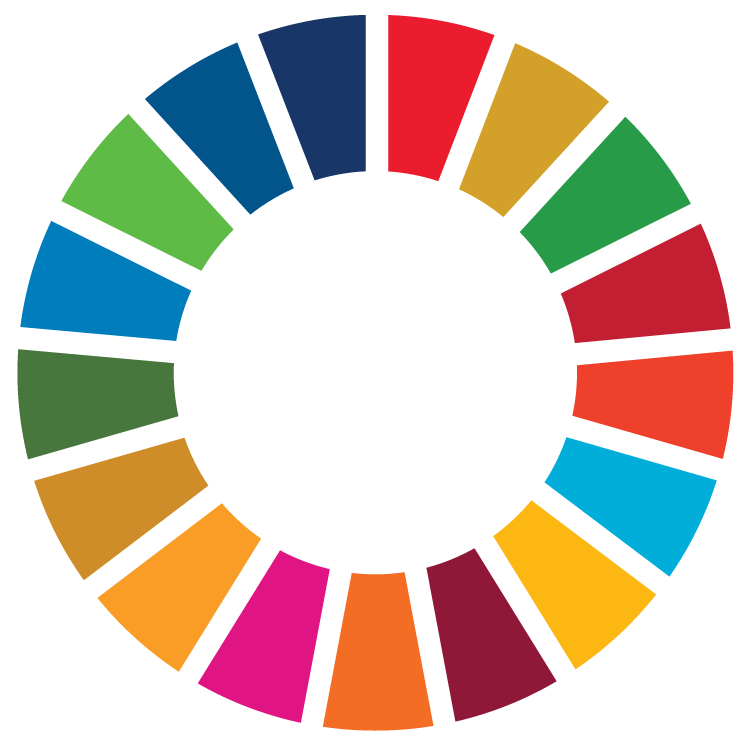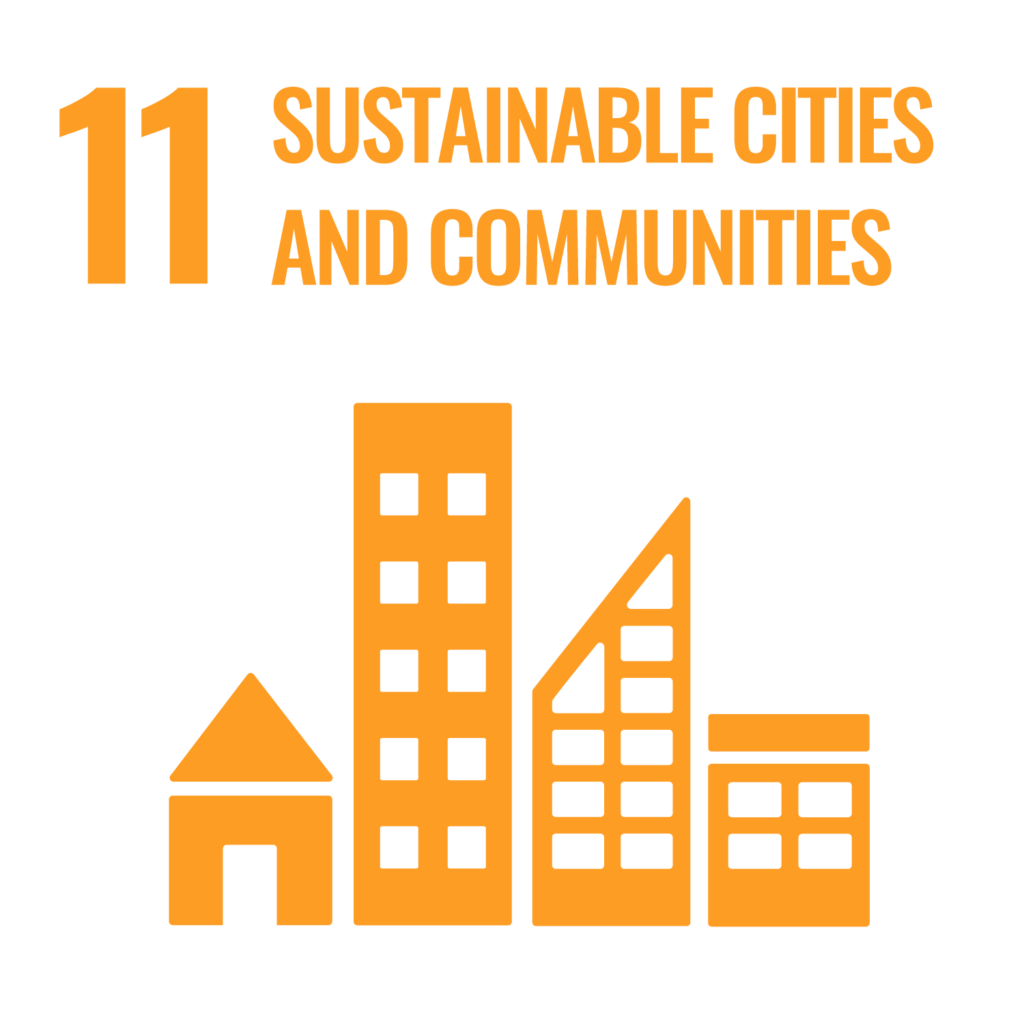Reporters: Dr. Jaray Suwannachart, Asst.Prof.Dr. Tachaya Sangkakool, Asst.Prof.Surawat Moogem, Tussawan Thong-on, Natrada Boonthad and Natpakal Poolperm
Evidence Date: March 27, 2024
Related Indicators: 11.2.4 11.2.5
Details: Supporting details
The Visual Arts Program, Faculty of Architecture, Rajamangala University of Technology Srivijaya (RUTS), organized an outdoor learning activity for third-year students in the Experimental Art course under the theme “Land Art: Environmental Art and Landscape.”
The workshop took place at Chalathat Beach in Songkhla and aimed to integrate artistic creation with environmental awareness through direct interaction with natural surroundings.
The concept of Land Art—also known as Earth Art or Earthworks—originated in the United States during the late 1960s to 1970s.

This movement emphasized site-specific art, where artists created works that responded to the uniqueness of natural landscapes using locally available materials such as soil, rocks, sand, branches, and leaves.

The intention was to honor the spirit of the site and highlight humanity’s relationship with nature. Through this activity, students learned to create art in harmony with the environment, applying natural elements as mediums of expression while cultivating aesthetic sensitivity, ecological appreciation, and sustainable design thinking. The activity also encouraged reflection on the role of art as a means to inspire environmental stewardship and mindfulness within public natural spaces.


The “Land Art: Environmental Art and Landscape” activity exemplifies how art education can nurture both creative practice and environmental responsibility. By transforming Chalathat Beach into a space for creative learning and ecological reflection, RUTS students demonstrated how art can become a medium for sustainability, cultural expression, and public engagement, supporting the goals of Quality Education, Sustainable Cities and Communities, and Climate Action.
Related Links:




